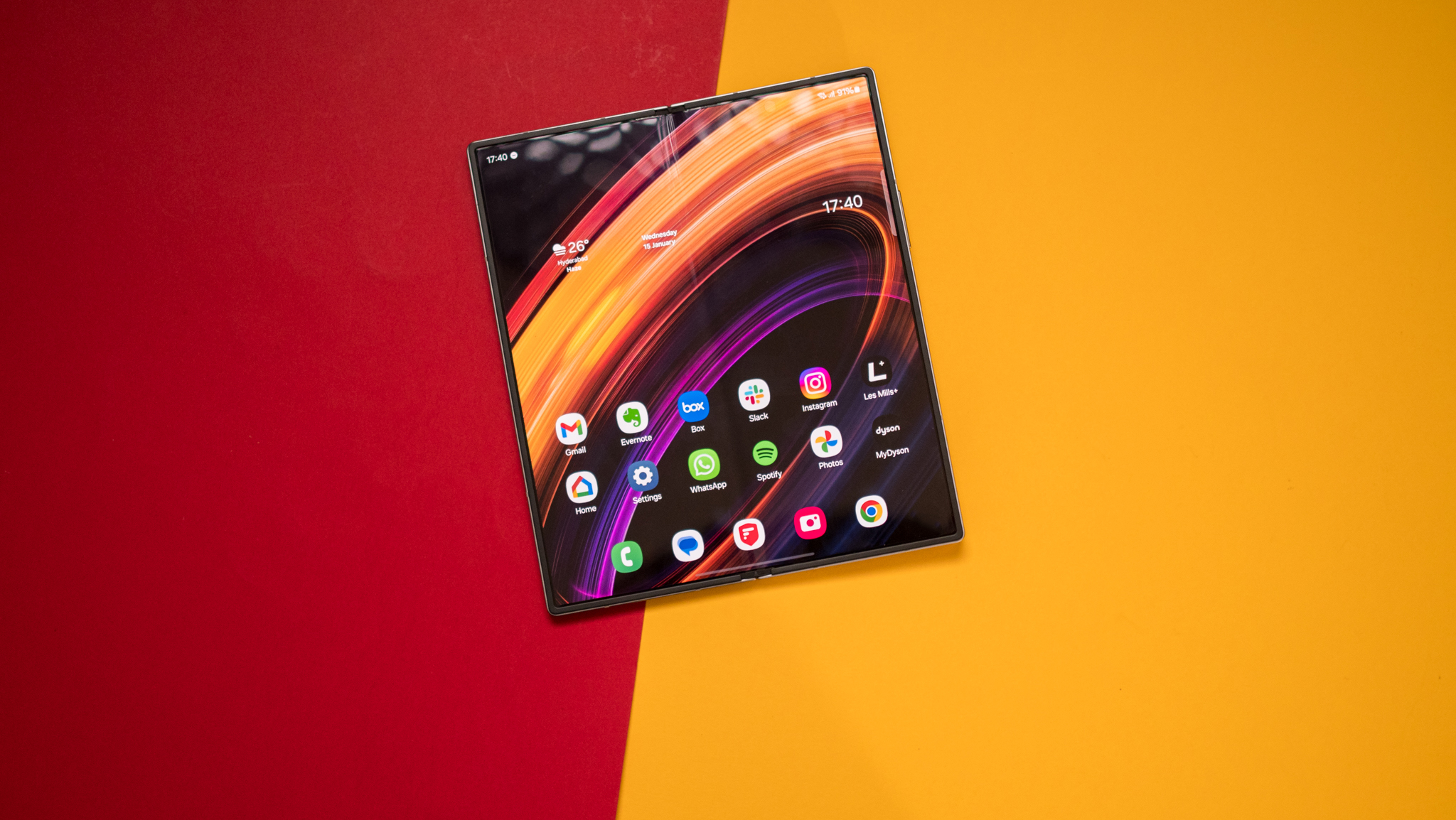Google Gemini AI: 2.0, Live, features, connected apps, and more
Google Gemini has so many versions and features that it's hard to keep track. This Gemini guide will break everything down.
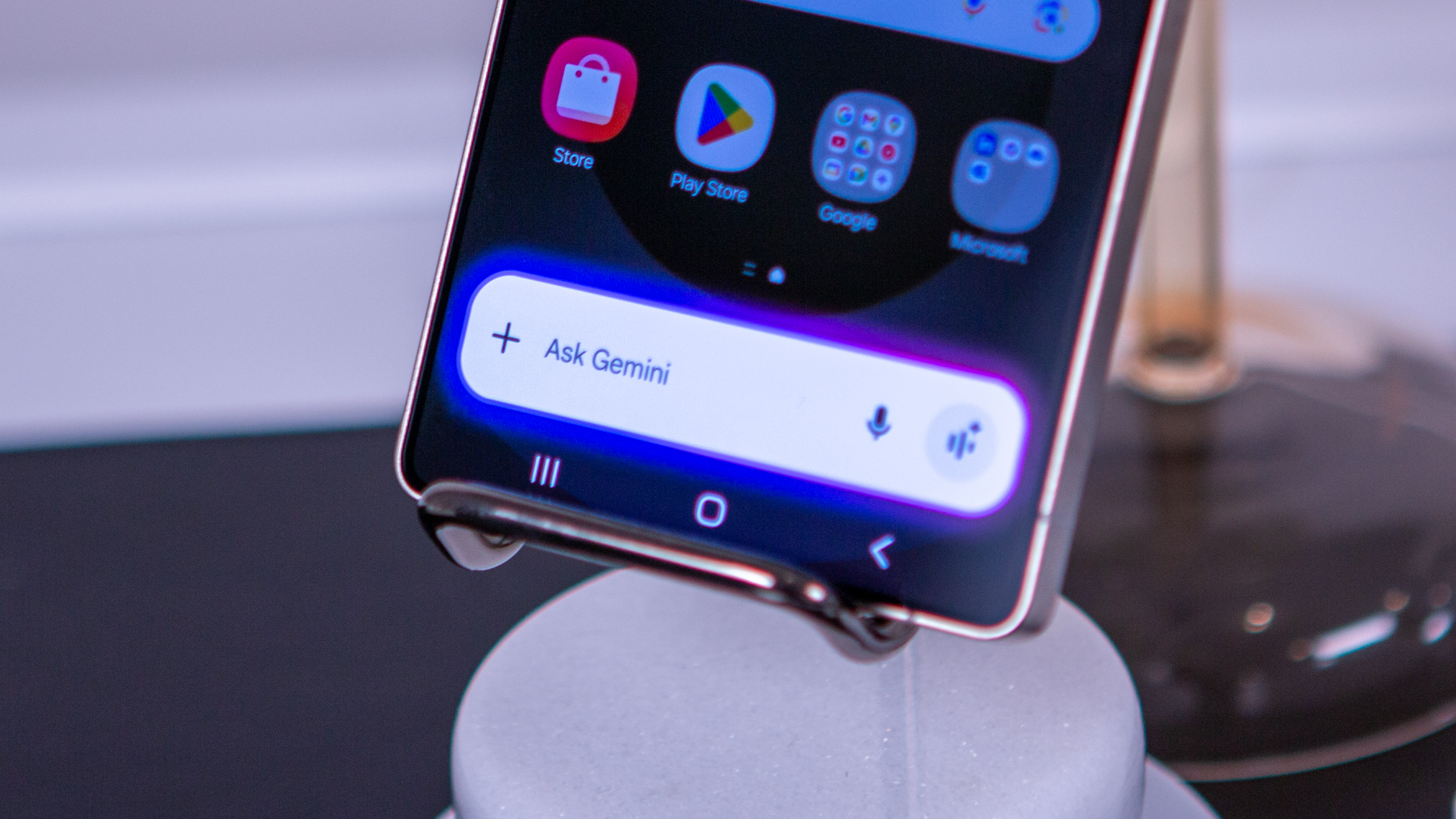
It seems like Gemini is everywhere these days, from news and media to pre-loaded apps in the best Google Pixel and Samsung Galaxy phones. Wondering what Gemini is? It's a generative AI chatbot and Large Language Model (LLM) at the center of Android, Chrome, and other Google devices. Depending on where you use it — or how much you pay for it — your version of Gemini will be smarter or more constrained, with different abilities.
Google recently launched Gemini 2.5 Pro experimental, its best AI model yet, and it's already available for free to users on the web as well as Android and iOS Gemini app users. But your device may use other versions like Gemini Pro, Nano, Flash, Live, and so on. It can be tricky to keep track of what each Gemini version is capable of, and that's where we come in.
We've covered Gemini AI extensively, since before Google rebranded it from "Bard," and we'll help you understand what Gemini is all about and whether you'll want to use it over other AI like ChatGPT — and whether you'll want to pay for Gemini Advanced.
Here's everything you need to know about Gemini and how to use it!
How Google Gemini works
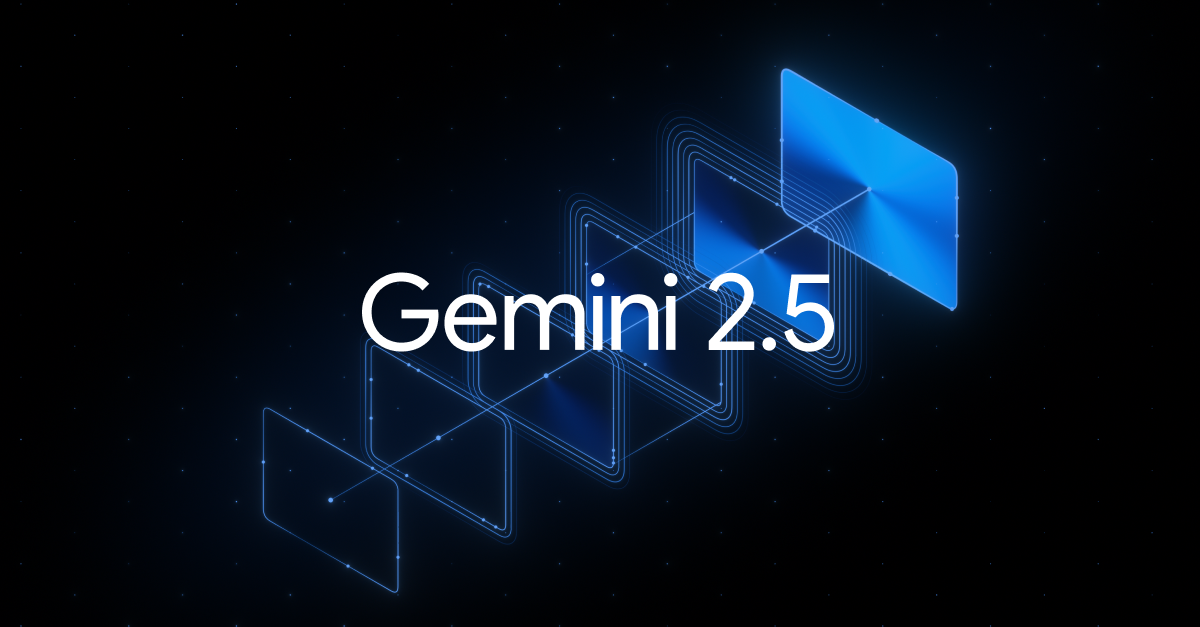
Google Gemini, like Google Search, responds to your questions by pulling from internet sources to answer them. The difference is that Gemini tries to format its own conversational responses instead of highlighting third-party sources.
Using Google's Language Model for Dialogue Applications (LaMDA) and its open-source "Transformer" machine-learning model, Gemini "reads" trillions of words from every publicly available source — then uses it to mimic human responses while rewriting information from the internet.
When you see a Gemini AI Overview in your Search results, it summarizes data from a few high-ranking sources, with the links visible under the "Show More" button. But the "AI" can't actually determine if these sources are correct; that's why you'll occasionally get incorrect AI responses based on satirical websites or trolling Reddit comments.
Be an expert in 5 minutes
Get the latest news from Android Central, your trusted companion in the world of Android
Because Gemini can "hallucinate" incorrect information, Google prevents it from discussing sensitive political queries where misinformation could be amplified. Even so, it sometimes is caught spouting gibberish, and you should look into the sources behind Gemini answers whenever possible.
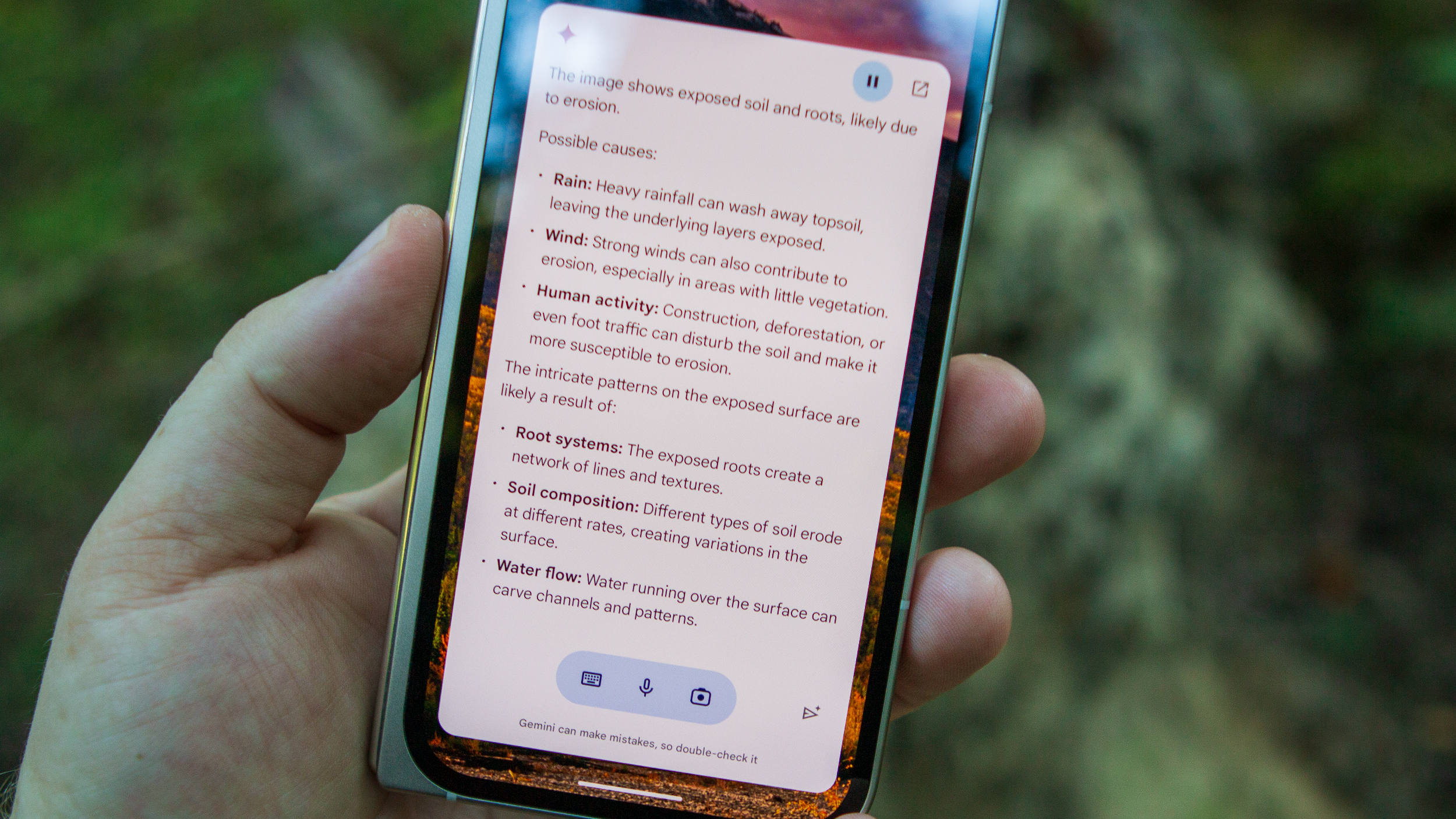
The web version of Gemini is focused on straightforward queries. Gemini is also available on both Android and iOS, where the Gemini app acts as a digital assistant, generates text and images, and performs actions within other Google apps like Maps and Drive. Google shut down Gemini on the Google app on iOS recently, but you can still access it on iOS via the Gemini app.
With Gemini Live in the mobile app, you can have natural conversations with the AI, without wake words and with past questions and context remembered to answer future questions.
Gemini is designed to be multimodal, meaning it can interpret words, images, and video, as well as generate multimedia. Certain versions like Gemini Advanced can go further, generating code, analyzing and summarizing reference materials, and solving complex math equations.
Depending on the version, you'll get more "tokens," meaning it can interpret more data simultaneously. Versions like Gemini Nano or Flash have fewer tokens than others, but are optimized for quicker, on-device applications.
Where the name "Gemini" came from
Google called its AI "Bard" before rebranding it as "Gemini." Bard evoked Shakespeare and focused primarily on the LLM- and GenAI-focused side of AI, responding to your questions by painting a picture.
Gemini's Latin meaning is "twins," and it's famously a Zodiac constellation with pair stars. It's also the name of NASA's original moonshot program before the famous Apollo missions, with Gemini spacecraft having enough room for two.
According to a Google blog post, "How Google’s AI model Gemini got its name," the Gemini AI name stemmed from how two Google departments (DeepMind and the Google Research Brain team) joined forces for the project, and because "the monumental effort of training LLMs resonated with the spirit of launching rockets."
Aside from the fact that Gemini sounds more marketable and futuristic than Bard, the name is less restrictive because the AI isn't just a generative AI, but also performs other tasks.
Google Gemini versions and spin-offs
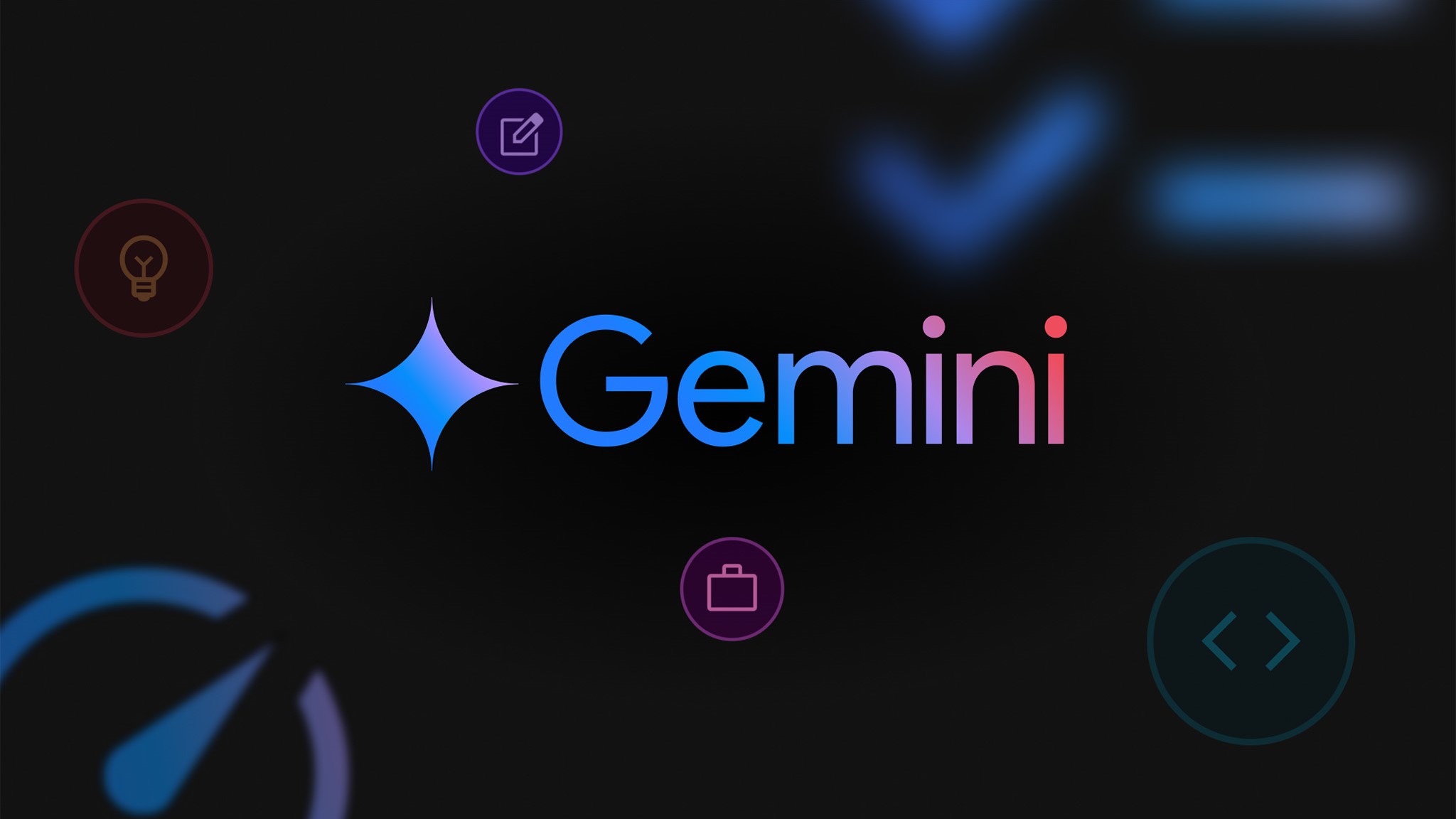
Below, we'll briefly summarize the different Google Gemini versions you need to know about:
Gemini 2.5 Pro: Launched at the top of many of the benchmarks and leaderboards for large language models (LLMs), including LMArena, where it is still the top-ranking chatbot as of today. Gemini 2.5 Pro has support for file uploads, extensions, and Canvas. It currently lacks a few features, such as Deep Research mode.
Gemini Nano: Designed for on-device smartphone applications that work using a neural processing unit (NPU) without needing a network connection. It's designed for background and edge tasks in Android apps, originally only Google and Samsung apps but now available for all Android apps through the AI Edge SDK. Its main functions are transcribing conversations, summarizing information, and analyzing images for info.
Gemini 2.0 Flash: Gemini Flash versions are typically faster at responses but go less in-depth than the Pro versions. However, Gemini 2.0 Flash Experimental actually has "better performance across most benchmarks than Gemini 1.5 Pro," such as "coding, math, reasoning and instruction following," despite only using 1 million tokens. It currently only outputs text responses, but it will "soon" output images or video as well, something the 1.5 models can't do. It supports 10 requests per minute or 1,500 per day. Other variants like Gemini 2.0 Flash Thinking Experimental can handle complex math problems and scientific questions.
This version has a Multimodal Live API for "low-latency bidirectional voice and video interactions with Gemini." In other words, this version will let developers create their own Gemini Live-like experiences, remembering entire conversations and allowing for interruptions.
Gemini 1.5 Pro: The mid-size Gemini model can handle 2 million tokens, with up to 7,200 images or a 2-hour video, but handles fewer requests per minute than the Live versions. This is the version available through Google AI Studio that, as the name implies, is more for professional applications rather than casual users.
Gemini 1.5 Flash: Since Gemini 2.0 is still in its experimental phase, this should be the publicly available version in places like the Gemini web app or mobile app. It has 1 million tokens and doesn't have the same speed and intelligence level as the 2.0 version.
Gemini Advanced: Gemini Advanced is Google's subscription for everyday Google One users to access its AI tools. Currently, paying for Google One offers you access to both Gemini 1.5 Pro and Gemini 2.0 Experimental Advanced, or Gemini-Exp-1206. This version seems to have the perks of 2.0 Flash but with more processing power behind it. Gemini Advanced also lets you create Gems, sync your AI processes with other Google apps, and receive other Google One perks.
Gemini Live: Gemini Live is the conversational AI that you've probably seen in Google's recent commercials. It's a voice-first version of the chatbot available on both Android and iOS with multiple languages and voices, and it remembers your past questions within a specific conversation.
Gems: Gemini Advanced lets you create a customized version of Gemini, called a "Gem." You can give parameters like "you're my running coach, give me a daily running plan and be positive, upbeat and motivating" and then speak to a "Gem" with that tone and underlying goal. There are premade Gems to help provide an example, or Experimental Gems like a chess champion, brainstormer, or coding partner.

Gemma: Google's open AI spin-off of Gemini. Different Gemma builds "share technical and infrastructure components" with Gemini, except developers can use the code to build their own AI projects. Specific variants like CodeGemma (for coders) and RecurrentGemma (for researchers) are more specialized, while Gemma 2 is more of a general smarts upgrade, with 9-billion and 27-billion variants. They're all available through Google AI Studio.
Vertix AI: An enterprise AI development platform that includes all of the various Gemini versions, as well as over 160 other open-source AI platforms like Gemma and Llama. This is the most robust option, but is only worth it for businesses.
Imagen: Announced at Google I/O 2024, Imagen 3 is a text-to-image model that's available on the Gemini app and web versions. It can produce photorealistic art based on text prompts, like the image below.
Veo: Google's text-to-video model that "generates high-quality, 1080p resolution videos that can go beyond a minute, in a wide range of cinematic and visual styles." It will come to the VideoFX tool and YouTube Shorts, and is built off of several AI models (including Gemini).

Project Astra: Gemini 1.5 Pro can handle multimedia, but is mainly designed to interpret one thing at a time. Project Astra is a multimodal AI that can answer a contextual question like "What am I looking at?" based on visual data. Google recently announced Android XR, a software program for mixed reality headsets and smart glasses, and Astra may end up being a prototype for that platform.
Google AI Studio: This website is where you can go to start working on Gemini projects, with the Gemini API available and tools like a code "Cookbook" and prompts available to help you get started. This is also where Google's Veo 2 video-generation model is available.
Key Gemini features

On the most basic level, you can send Gemini words (via text or speaking), images, video, or audio and have it generate information from it. You can have it generate an image from a description or tell you to summarize the contents of a book. We have a how-to guide for Gemini that'll help you get started.
Gemini is designed to make using other Google apps easier. It can "Ask Photos" to find specific memories, create YouTube Music playlists with certain prompts, summarize your Gmail inbox and craft auto-replies, or format Google docs into recipes, cover letters, vacation itineraries, and so on.
Gemini typically doesn't remember things you asked previously, but Google added a "Saved Info" feature that lets you avoid having to repeatedly share that you're interested in a specific topic or are allergic to a specific ingredient. The December 2024 Pixel Drop added this tool, as well as auto-transcribed screened calls and quick auto-replies and the ability to control Google Home smart tech through Gemini commands.
Where is Google Gemini available?
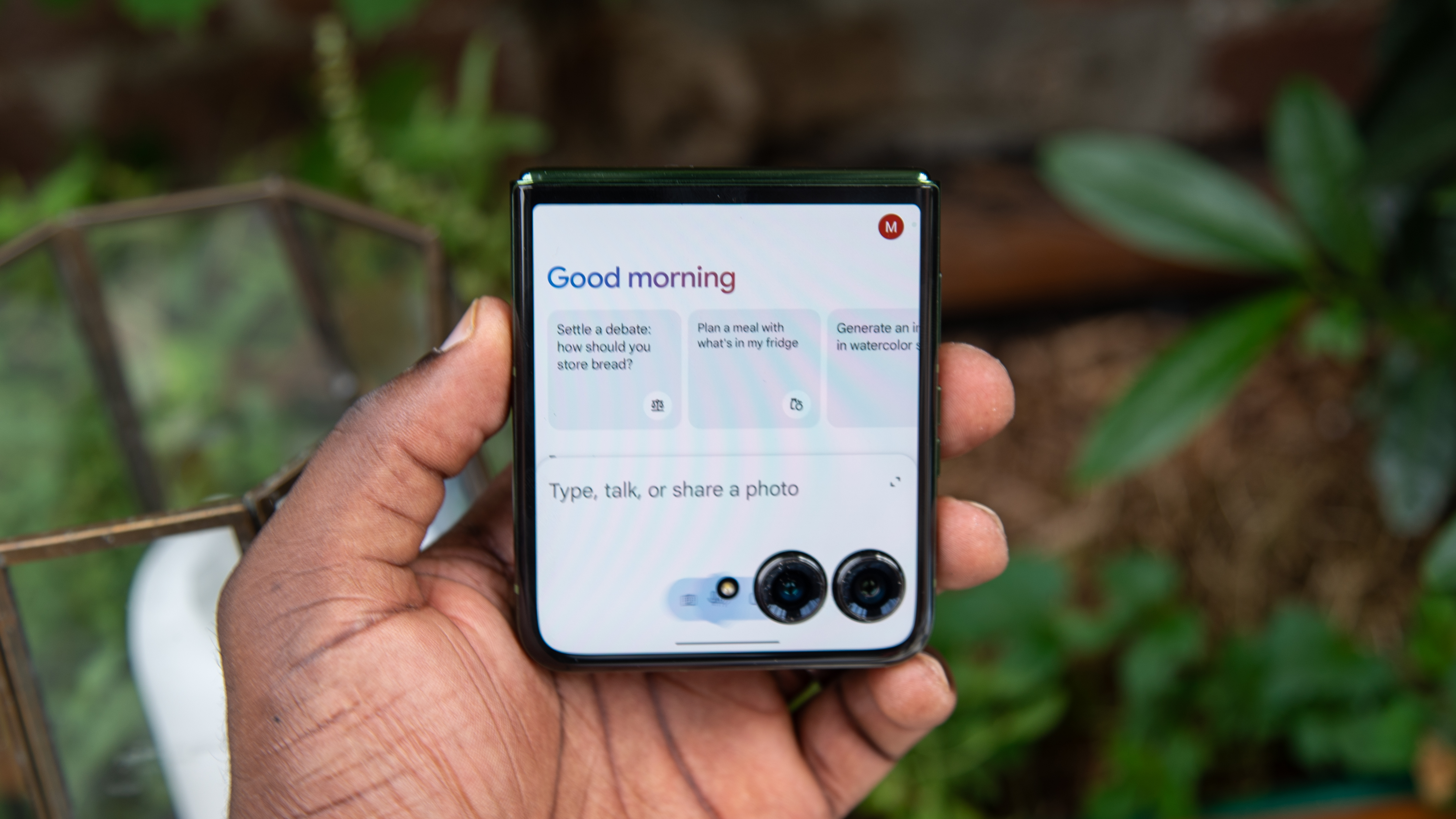
The standard version of the Google Gemini AI is "currently available in more than 40 languages and over 230 countries and territories," according to a Google Support page. The Gemini mobile app's Support availability page shows nearly the same number of languages, but only about 150 countries so far.
In either case, you need a legitimate Google account to access it. You must be at least 13 to own a personal Google account, but that may be as high as 18 in some countries, and some applications like Gemini Live require you to be 18 or older. Family Link or Google Workspace accounts may not be able to access it.
Go to gemini.google.com/app to access the generative AI on any web browser. Download the Android app or iOS app for the mobile version, including Gemini Live.
If you want Gemini to be able to pull information from other apps like Google Drive, Gmail, and YouTube, go to Gemini Extensions and toggle them on.
Google is slowly extending Gemini out to other devices that previously used Assistant. For example, the Google Home Public Preview has a "Gemini in Assistant" tool for Nest devices, and it'll be the backbone assistant for Android XR smart glasses and mixed-reality headsets.
Gemini Advanced AI cost
Google restricts Advanced to a $19.99 Google One AI Premium Plan, though you can get two free months of service before you have to pay.
You can't pay for Gemini Advanced by itself. Google One Premium subscribers ($9.99/month) must pay double for Gemini Advanced. You get all the standard Premium perks like 2TB of storage, a Google VPN, and Photos AI tricks like Magic Eraser.
Keep in mind that if you subscribe to a Google One AI Premium Family plan, only the main account user gets access to the AI; every other family member only receives benefits like extra storage and advanced Photos editing tools.
Ultimately, your choice on whether to pay for Gemini Advanced will depend on whether you use Gemini casually, professionally, or academically. You can get standard Gemini AI answers using the app without paying; Advanced gives you more rigorous tools.

Michael is Android Central's resident expert on wearables and fitness. Before joining Android Central, he freelanced for years at Techradar, Wareable, Windows Central, and Digital Trends. Channeling his love of running, he established himself as an expert on fitness watches, testing and reviewing models from Garmin, Fitbit, Samsung, Apple, COROS, Polar, Amazfit, Suunto, and more.
- Namerah Saud FatmiSenior Editor — Accessories
You must confirm your public display name before commenting
Please logout and then login again, you will then be prompted to enter your display name.

